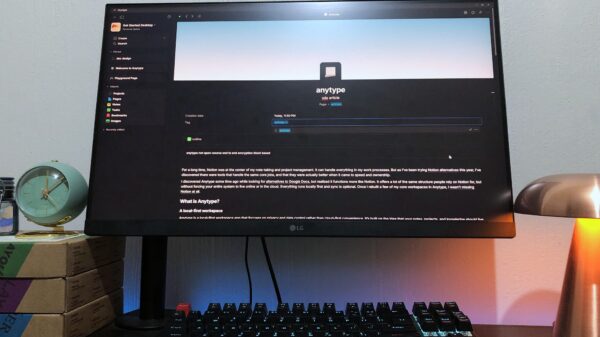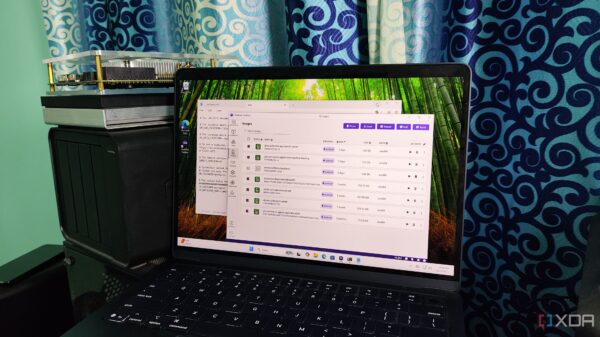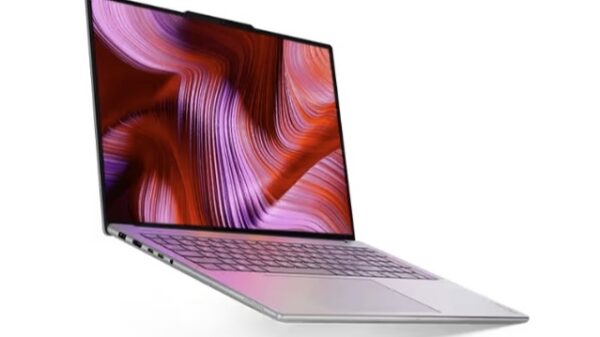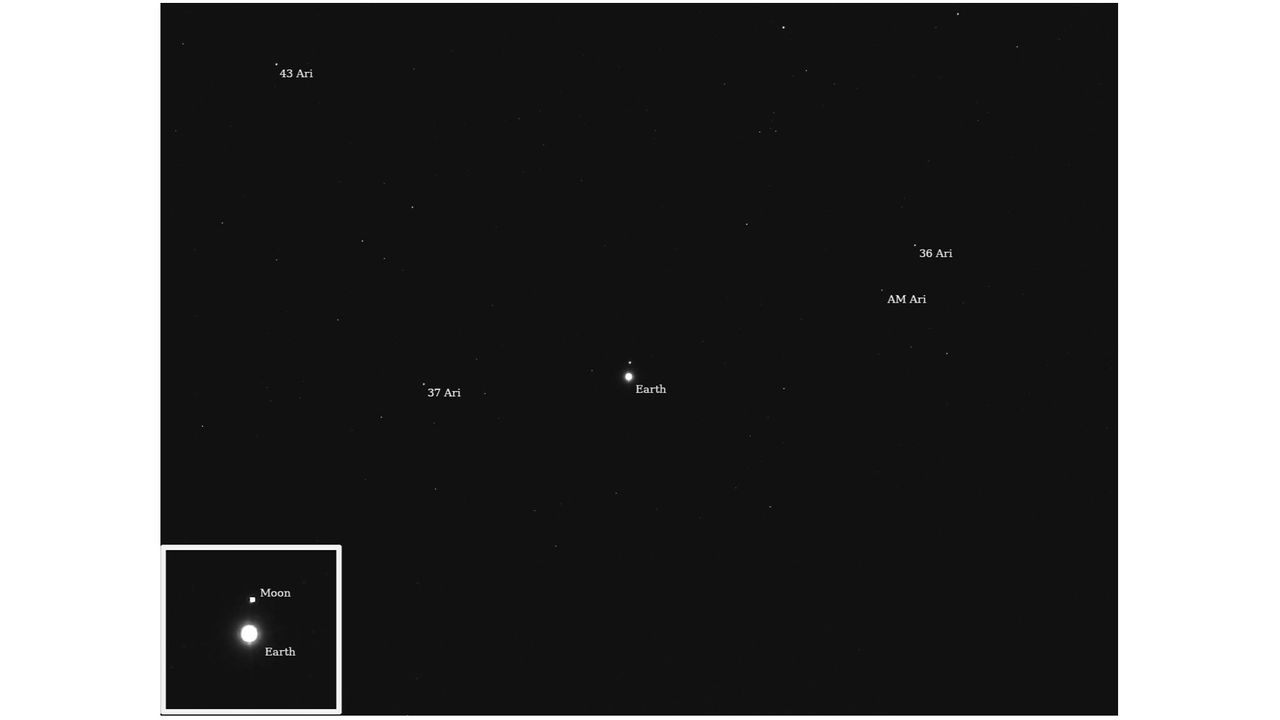NASA’s Psyche spacecraft, en route to the metallic asteroid 16 Psyche, has transmitted an extraordinary image of Earth from approximately 180 million miles (about 290 kilometers) away. This striking perspective, captured during routine instrument testing, offers a unique view of our planet and its moon against the backdrop of deep space.
Launched in October 2023 aboard a SpaceX Falcon Heavy rocket, the Psyche mission aims to explore the metallic asteroid, which is believed to represent the exposed core of a once-formed planetesimal. The spacecraft’s team directed it to look back at Earth on July 20 and July 23 as part of ongoing calibration of its scientific instruments.
Captivating Views and Instrument Testing
The long-exposure images reveal Earth and the moon illuminated by reflected sunlight, positioned among stars in the constellation Aries. This stunning visual not only emphasizes the beauty of our planet but also showcases the capabilities of Psyche’s dual cameras. The spacecraft’s multispectral imager is specifically designed to detect various wavelengths of light, which will be crucial for analyzing the spectral signatures from 16 Psyche as it approaches.
The successful imaging of Earth serves as a valuable calibration exercise. Jim Bell, the imager instrument lead at Arizona State University, stated, “After this, we may look at Saturn or the large asteroid Vesta to help us continue to test the imagers.” The imager has previously focused on other celestial bodies, including Jupiter and Mars, allowing the team to gather diverse data.
“We’re sort of collecting solar system ‘trading cards’ from these different bodies and running them through our calibration pipeline to make sure we’re getting the right answers,” Bell added.
Future Mission Goals
Currently, Psyche is making its way toward Mars, where it is scheduled to perform a gravitational slingshot maneuver in spring 2026. This maneuver will redirect the spacecraft toward its primary destination, 16 Psyche. If all goes according to plan, Psyche is expected to arrive at the asteroid in 2029.
The mission not only aims to gather insights about the asteroid’s composition but also hopes to enhance our understanding of the building blocks of planet formation. As Psyche continues its journey, the intriguing images and data it collects will provide essential information about the nature of metal-rich asteroids and their role in the solar system’s history.
The Psyche mission reflects NASA’s commitment to exploring uncharted territories in our solar system, promoting both scientific discovery and public interest in space exploration.








































































